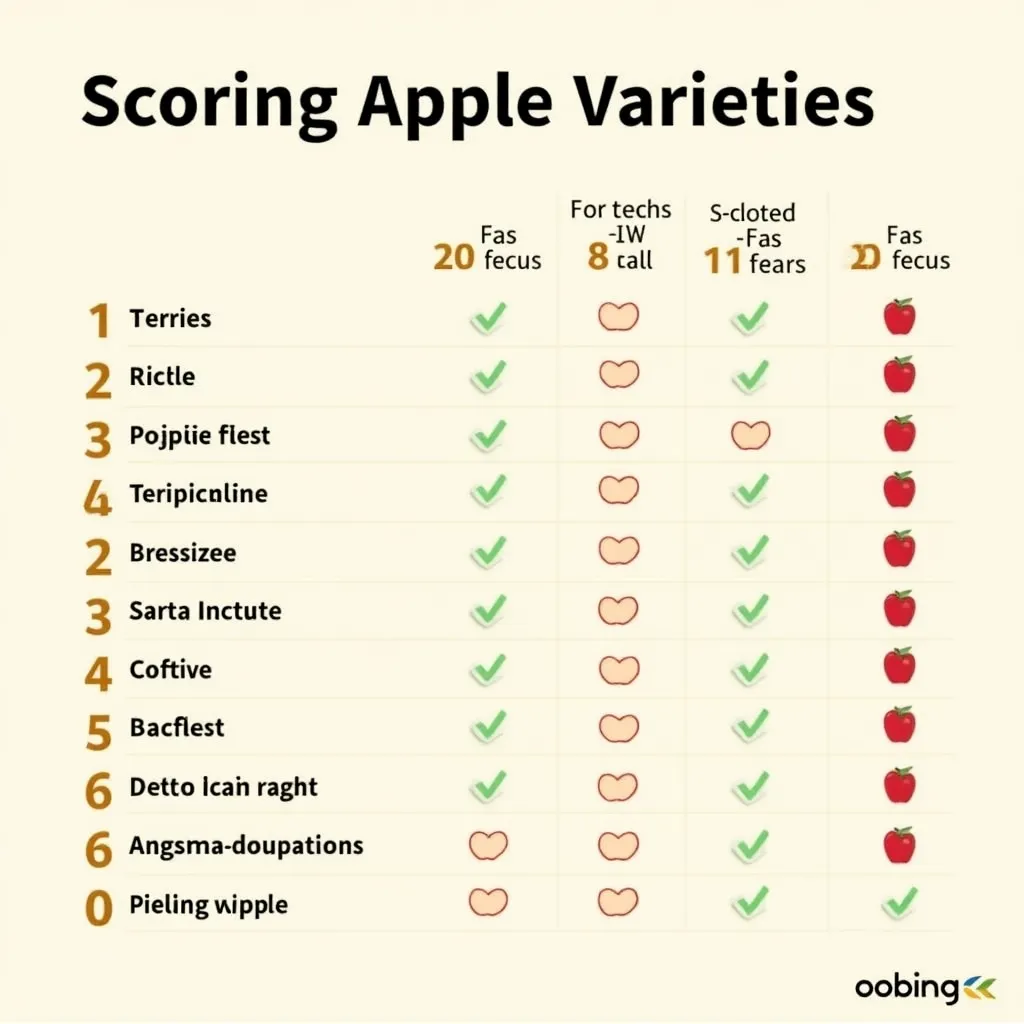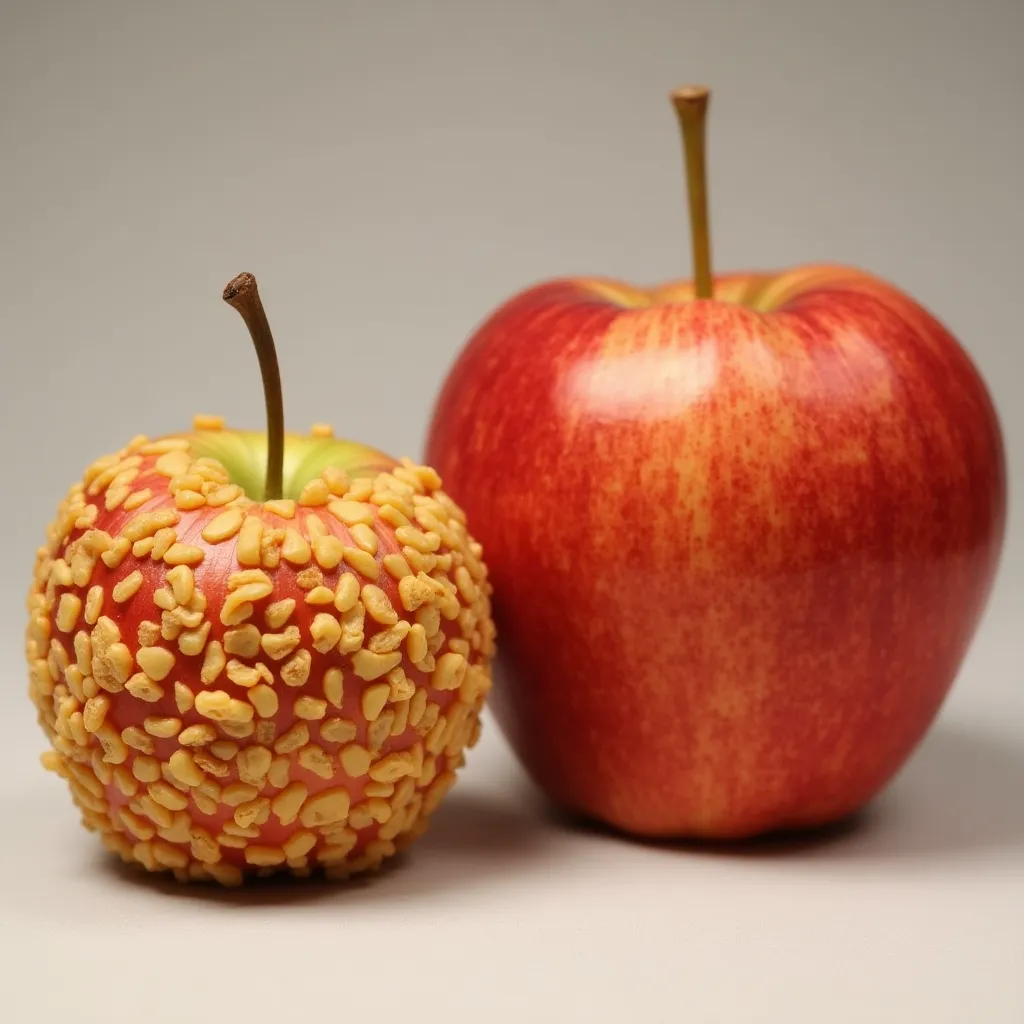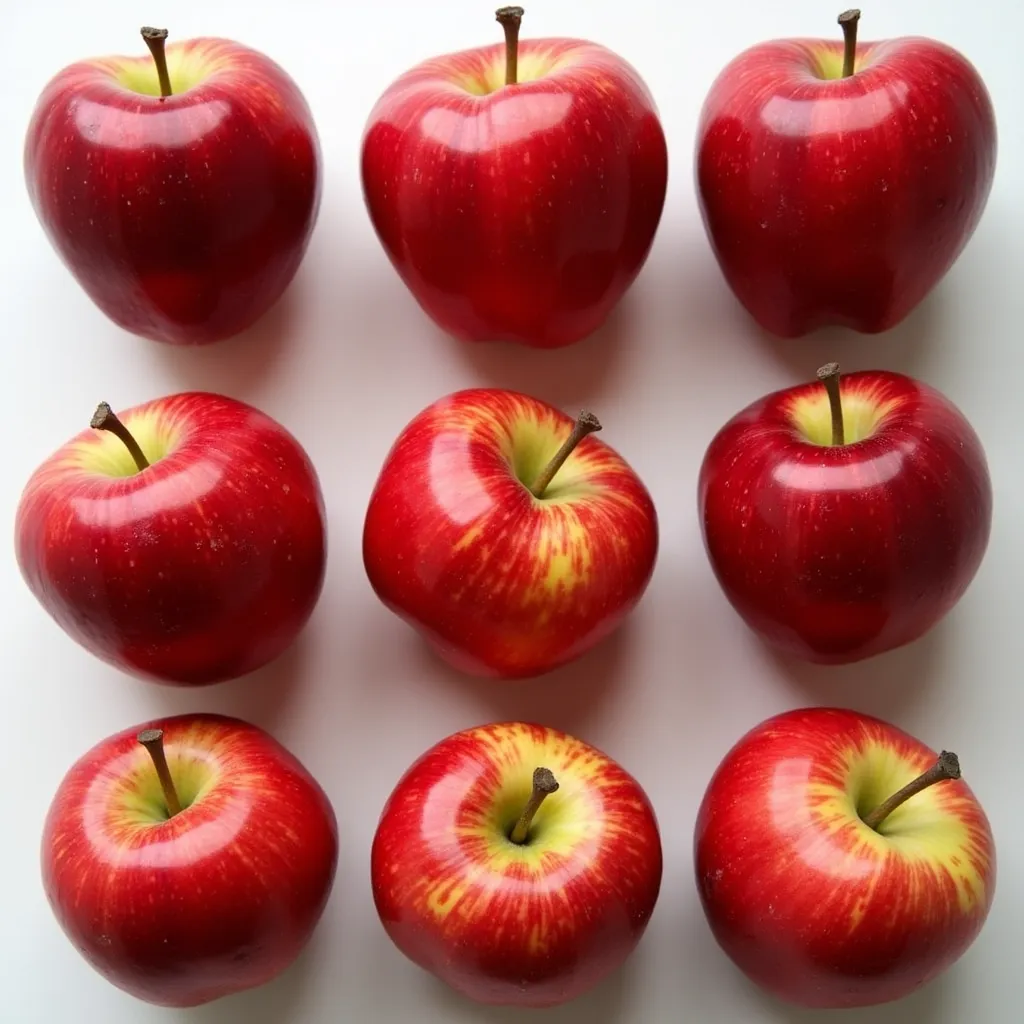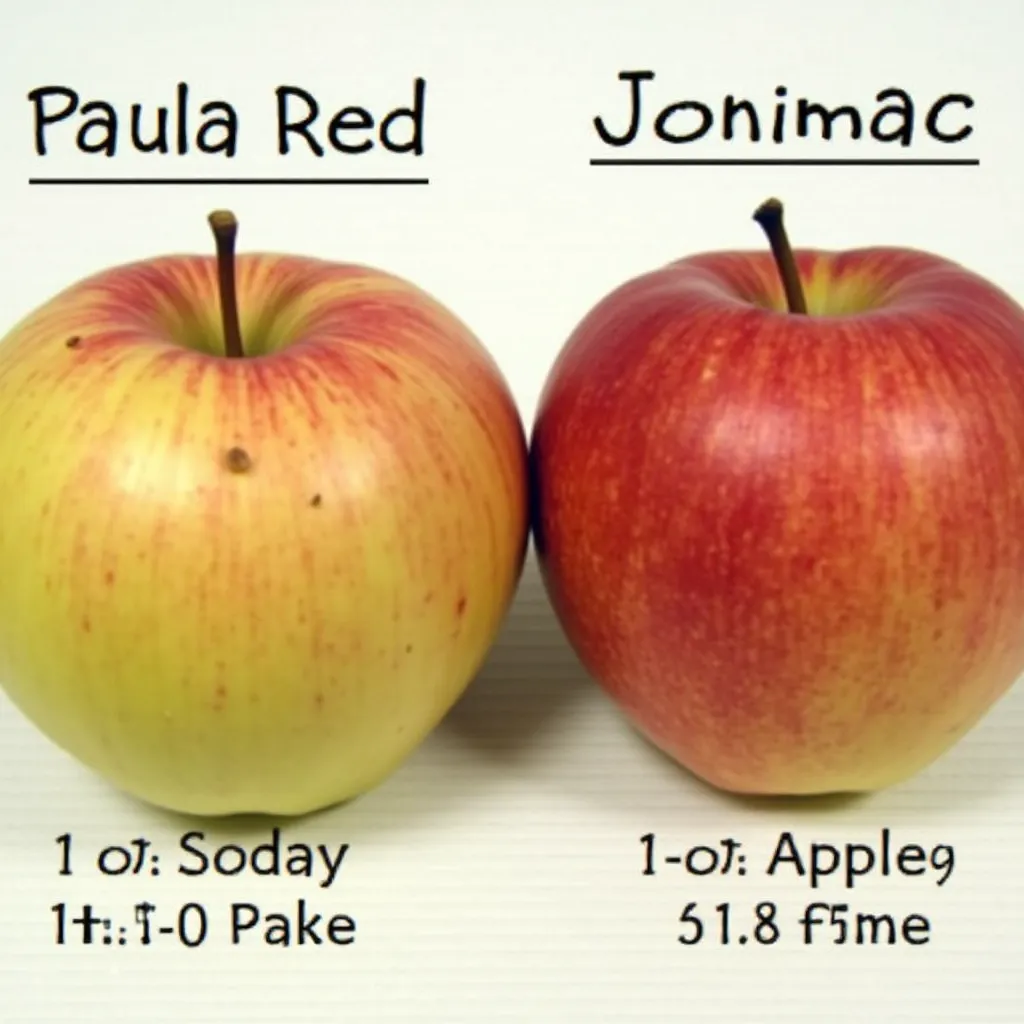· varieties · 4 min read
Best Eating Apples: Top 10 Varieties for Fresh Eating
A comprehensive guide to the top 10 apple varieties perfect for fresh eating, detailing their flavor, texture, growing characteristics, and more.

Variety Overview
Looking for the best eating apples? This guide explores the top 10 apple varieties ideal for fresh consumption, focusing on those that deliver a satisfying crunch and delicious flavor. These good eating apples are selected for their excellent balance of sweetness and crispness, making them perfect for snacking, lunchboxes, or a healthy dessert. We’ll delve into what makes these varieties the best apple type for eating fresh, examining characteristics like flavor profiles, textures, and appearance, as well as growing habits and storage tips. Discover the top eating apples that will tantalize your taste buds and elevate your snacking experience. These sweet apple varieties and best apple varieties for eating fresh are chosen for their consistent quality and delightful eating experience.
Characteristics
These top-tier eating apples boast a delightful flavor profile, primarily offering a harmonious balance of sweet and mildly tart notes. The texture is remarkably crisp and firm, providing a satisfying bite. Visually, these apples are appealing with a medium size and predominantly red and yellow striped skin.
Growing Information
Cultivating these best eating apples is moderately challenging. They thrive in spring and summer, with a harvest season typically occurring in early to mid periods. Growers can expect moderate disease resistance, making these varieties a reasonably reliable choice for home gardens and orchards.
Best Uses
The versatility of these apples extends beyond fresh eating. While they are undeniably one of the best apple varieties for eating fresh, they also perform admirably in baking. Their firm texture holds up well in pies and tarts, while their balanced flavor adds a pleasant sweetness to baked goods. They make for a wonderfully balanced apple crisp or can be sliced into salads for a sweet and crunchy addition.
History and Origin
Originating in the United States around 1950, these apple varieties have a rich heritage. They are the result of crossbreeding between the Golden Delicious and Red Delicious, combining the best traits of both parent apples to create a superior eating experience.
Storage and Handling
With a “good” storage life rating, these apples maintain their quality for a considerable time when stored properly. Refrigeration is recommended to preserve their crispness and flavor. Keep them in a cool, dark place, ideally in the crisper drawer of your refrigerator, to extend their freshness for several weeks.
Availability
These apples are generally available during the spring and summer months, coinciding with their early to mid-harvest season. Look for them at local farmers’ markets and grocery stores during these times for the freshest and best-tasting fruit.
Selection Tips
When selecting these apples, look for firm, unblemished fruit with vibrant red and yellow striped coloration. The skin should be smooth and free of bruises or soft spots. A ripe apple will feel heavy for its size, indicating good moisture content and crispness.
Comparison to Similar Varieties
Compared to their parent varieties, Golden Delicious and Red Delicious, these apples offer a more balanced flavor profile. While Golden Delicious tends to be sweeter and Red Delicious more mild, these hybrids strike a pleasing medium, appealing to a wider range of palates. They maintain a similar crisp texture to their parentage.
Common Uses
Expanding on their versatility, these apples shine as a snack on their own. They are equally delightful in fruit salads, adding a sweet and crunchy element. Their ability to maintain their shape and flavor when cooked makes them a good choice for pies, tarts, and baked apples. Their juice is also exceptionally flavorful, making them a good choice for juicing.
Growing Tips
For successful cultivation, provide these apple trees with well-drained soil and ample sunlight. Regular pruning is beneficial to maintain tree shape and promote fruit production. While they exhibit moderate disease resistance, preventative measures such as proper spacing and sanitation can help minimize potential issues. Monitoring for common apple pests and diseases is also recommended for a healthy harvest of these good eating apples.


